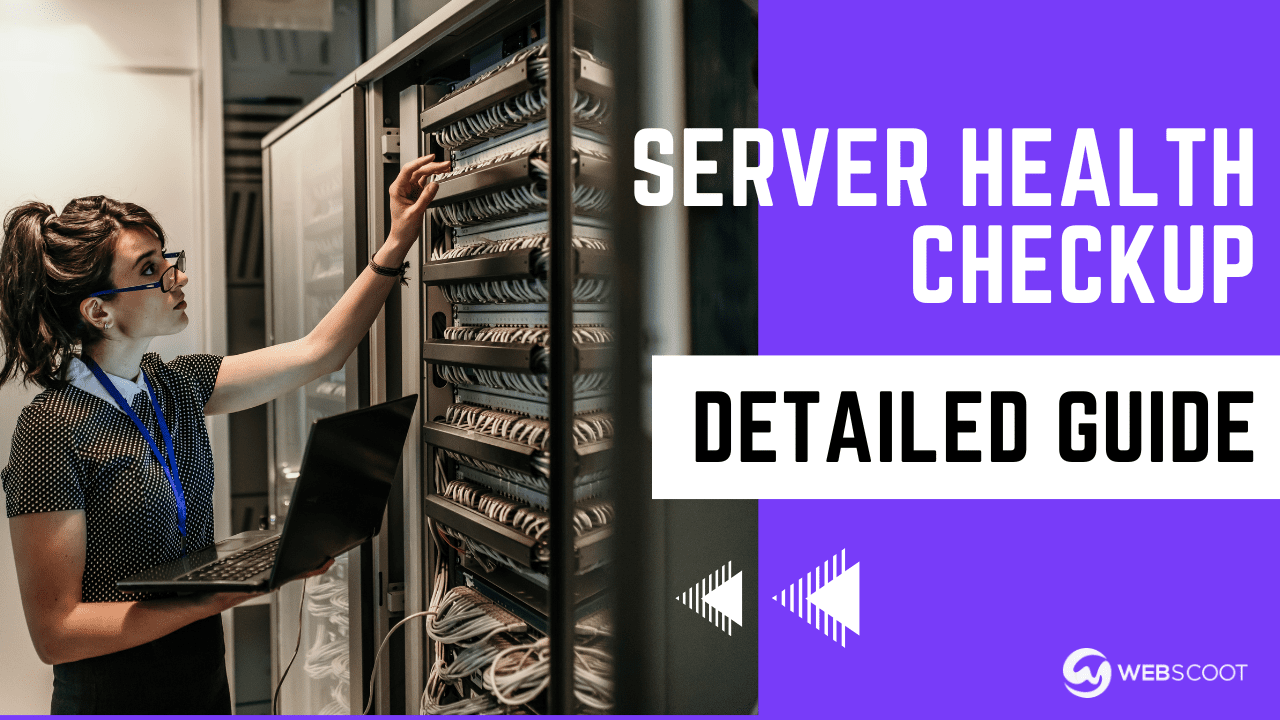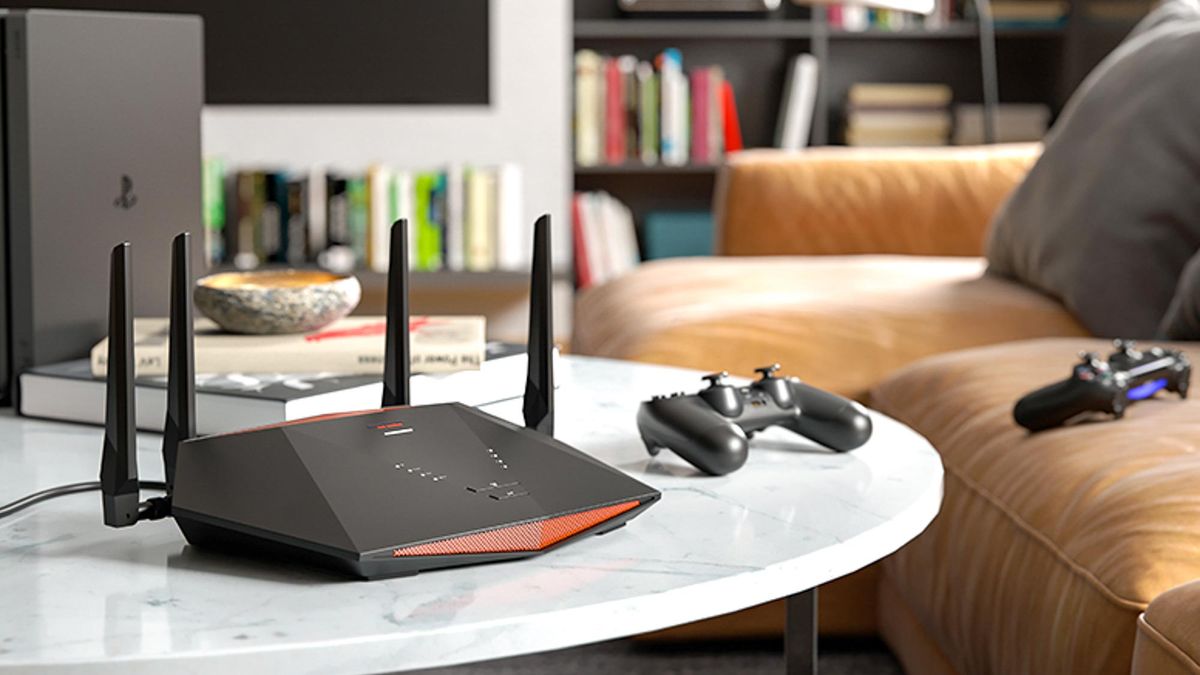Is your network running as smoothly as it should? You might not realize it, but small issues can build up over time, slowing everything down or even causing unexpected outages.
That’s why having regular network health check routines is crucial. These simple, consistent steps can save you from big headaches and keep your systems reliable. You’ll discover easy ways to spot problems early and maintain your network’s peak performance. Keep reading to learn how to protect your network before trouble finds you.

Credit: www.techtarget.com
Assessing Network Infrastructure
Checking the health of a network helps keep it running well. Regular checks find problems early and stop big failures.
Assessing network infrastructure means looking closely at hardware, topology, and software. This keeps the network strong and secure.
Evaluating Hardware Components
Hardware parts like routers, switches, and cables must work properly. Check each part for damage or wear.
Make sure all devices have good power and cooling. Clean dusty equipment to avoid overheating.
- Inspect cables for cuts or loose connections
- Test routers and switches for proper function
- Check device power supplies and fans
- Replace old or failing hardware parts
Reviewing Network Topology
Network topology shows how devices connect and communicate. Review the layout to find weak points or bottlenecks.
Update network maps to match the real setup. A clear map helps troubleshoot problems faster.
- Verify device connections match the network diagram
- Look for loops or unnecessary links
- Check if traffic flows efficiently between devices
- Note changes made since last review
Checking Firmware And Software Versions
Firmware and software keep devices running well and safe. Check that all versions are up to date.
Older versions may have bugs or security risks. Plan updates carefully to avoid downtime.
- Record current firmware and software versions
- Compare with the latest versions from vendors
- Schedule updates during low traffic times
- Test updates on a few devices before full rollout

Credit: dribbble.com
Monitoring Network Traffic
Monitoring network traffic is key to keeping your network healthy. It helps spot problems early and keeps data flowing smoothly.
By watching traffic, you can find areas that slow down your network. You also see if any unusual activities happen.
Analyzing Bandwidth Usage
Analyzing bandwidth shows how much data moves through your network. It helps you understand which devices use the most data.
Tracking bandwidth helps avoid slowdowns. You can plan upgrades if you see heavy usage on some parts.
- Check peak usage times daily
- Identify top data users
- Watch for sudden bandwidth spikes
Identifying Traffic Bottlenecks
Traffic bottlenecks happen when data slows down in one part of the network. This causes delays and poor performance.
Finding these bottlenecks means checking routers, switches, and connections. Fixing them keeps the network fast.
- Look for slow links or overloaded devices
- Test network speed at different points
- Use tools to track packet loss and delays
Detecting Unusual Activity
Unusual activity may mean security risks or network problems. It includes unknown devices or strange data patterns.
Detecting these issues early protects the network. It helps stop attacks or unauthorized access quickly.
- Watch for spikes in traffic at odd times
- Spot unknown IP addresses connecting
- Check for repeated failed login attempts
Testing Connectivity And Latency
Network health checks help keep your system fast and reliable. Testing connectivity and latency finds issues early.
These tests show how well devices talk and how quickly data moves across the network.
Performing Ping And Traceroute Tests
Ping tests check if a device can reach another device. It sends small messages and waits for a reply.
Traceroute maps the path data takes to reach a device. It shows each step or “hop” along the way.
- Ping measures if the target device is reachable
- Traceroute finds where delays or problems occur
- Both help identify network faults quickly
Measuring Response Times
Response time is how long it takes for a device to reply to a request. Lower times mean faster networks.
Regularly measuring response times shows if your network slows down or stays steady.
- Use ping results to check response times
- Compare times at different hours or days
- Look for spikes that signal network issues
Assessing Packet Loss
Packet loss means some data never reaches its destination. It causes slow or broken connections.
Checking packet loss helps find weak links and improve network reliability.
- Use ping tests to count lost packets
- High packet loss shows network problems
- Fix issues to keep your network stable
Verifying Security Measures
Network health check routines help keep systems safe. Verifying security measures is key to protect data and devices.
Regular checks find weak spots and stop attacks early. This keeps networks strong and reliable.
Scanning For Vulnerabilities
Scanning finds weak points in the network that hackers could use. It tests software and devices for security issues.
Use automated tools to scan regularly. This helps catch new problems fast.
- Check for outdated software and missing patches
- Look for open ports that should be closed
- Identify weak passwords or default settings
- Scan for malware and suspicious activity
Reviewing Firewall Configurations
Firewalls control traffic between networks. Reviewing their settings stops unauthorized access.
Check rules to make sure only safe traffic passes. Remove old or unused rules to reduce risks.
- Verify inbound and outbound traffic rules
- Ensure firewall firmware is up to date
- Test firewall alerts and logs regularly
- Block unnecessary services and ports
Checking Access Controls
Access controls limit who can enter systems and data. Checking these controls keeps unauthorized users out.
Review user permissions and remove access for inactive accounts. Use strong authentication methods.
- Set user roles with minimum needed access
- Use multi-factor authentication (MFA)
- Audit access logs for unusual activity
- Update passwords and revoke old credentials
Maintaining Network Devices
Network devices need regular care to work well. Proper maintenance helps avoid failures and slowdowns.
Keeping devices updated and clean improves the whole network’s health. Backups protect data and settings.
Scheduling Regular Updates
Regular updates keep network devices secure and fast. Updates fix bugs and add new features.
Set a schedule to check for updates every week or month. Automate updates when possible to save time.
- Check firmware and software versions
- Apply security patches promptly
- Restart devices after updates
Cleaning Physical Equipment
Dust and dirt can cause devices to overheat or fail. Clean equipment regularly to avoid damage.
Use soft cloths and compressed air. Turn off devices before cleaning to stay safe.
- Remove dust from vents and fans
- Check cables for wear and tear
- Keep the area around devices clean
Backing Up Configurations
Backing up device settings saves time during failures. It helps restore network quickly.
Create backups after every change or update. Store backups in a safe and separate location.
- Save configuration files regularly
- Use automated backup tools if available
- Test backups to ensure they work
Documenting Network Status
Keeping track of your network’s health is important. It helps find problems fast and keeps the system running well.
Documenting the network status means writing down test results, changes, and any issues. This makes it easier to fix problems later.
Recording Test Results
Write down all test results clearly. Include details like time, date, and what was tested. This gives a clear view of network health.
Use simple tables or logs to keep results organized. This helps to spot patterns or repeated problems quickly.
- Record the test date and time
- Note the device or area tested
- Write down the results and any errors
- Keep track of the tester’s name
Tracking Changes And Incidents
Keep a detailed log of any changes made to the network. This includes updates, repairs, or new devices added.
Record incidents like outages or slowdowns. Include what caused the problem and how it was fixed to prevent future issues.
- Note the date and time of changes or incidents
- Describe what was changed or what happened
- Record who made the change or responded
- Explain how the issue was resolved
Planning Future Improvements
Use the documented information to plan upgrades or fixes. This helps improve network speed and reliability over time.
Set clear goals for what needs to improve. Prioritize tasks based on the impact on network health and user needs.
- Review past test results and incidents
- Identify weak points in the network
- Plan upgrades or repairs needed
- Set timelines and assign tasks

Credit: webscoot.io
Frequently Asked Questions
What Is A Network Health Check Routine?
A network health check routine is a systematic evaluation of a network’s performance, security, and reliability. It identifies potential issues, optimizes performance, and ensures smooth operations. Regular checks help in maintaining network efficiency and preventing downtimes, which can be costly for businesses.
Why Are Network Health Checks Important?
Network health checks are crucial for identifying vulnerabilities, ensuring security, and maintaining optimal performance. They help in detecting issues before they escalate, reducing the risk of downtime. Regular checks ensure that the network infrastructure supports business operations effectively and efficiently.
How Often Should Network Health Checks Be Done?
Network health checks should be conducted regularly, ideally every quarter. This frequency helps in promptly identifying and addressing potential issues. However, the frequency may vary based on the network size and complexity. Regular checks ensure continuous monitoring and optimal network performance.
What Tools Are Used For Network Health Checks?
Various tools like SolarWinds, PRTG Network Monitor, and Nagios are used for network health checks. These tools help in monitoring network performance, identifying issues, and ensuring security. They provide insights into traffic, connectivity, and potential vulnerabilities, aiding in efficient network management.
Conclusion
Regular network health checks keep systems running smoothly. They find issues early and prevent big problems. Simple routines save time and reduce downtime. Staying consistent helps protect your data and devices. Small steps lead to a stronger, safer network. Make network checks a part of your schedule.
Your technology will thank you with better performance.
16 min read








